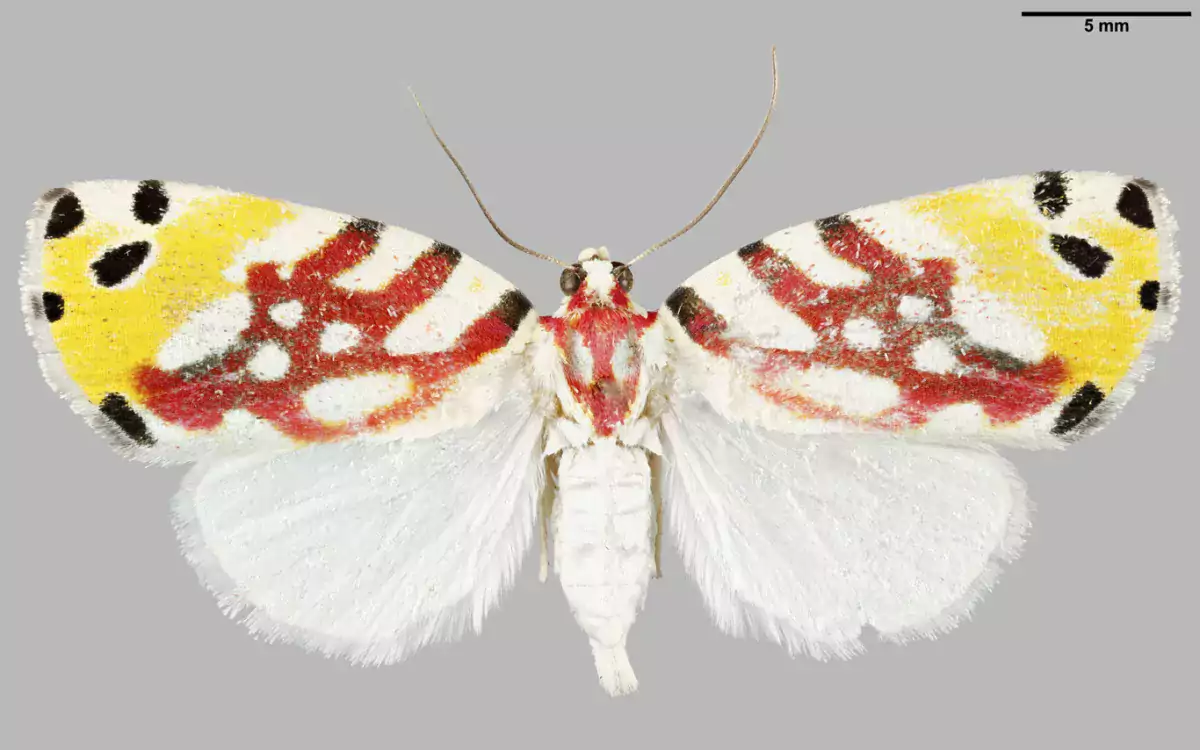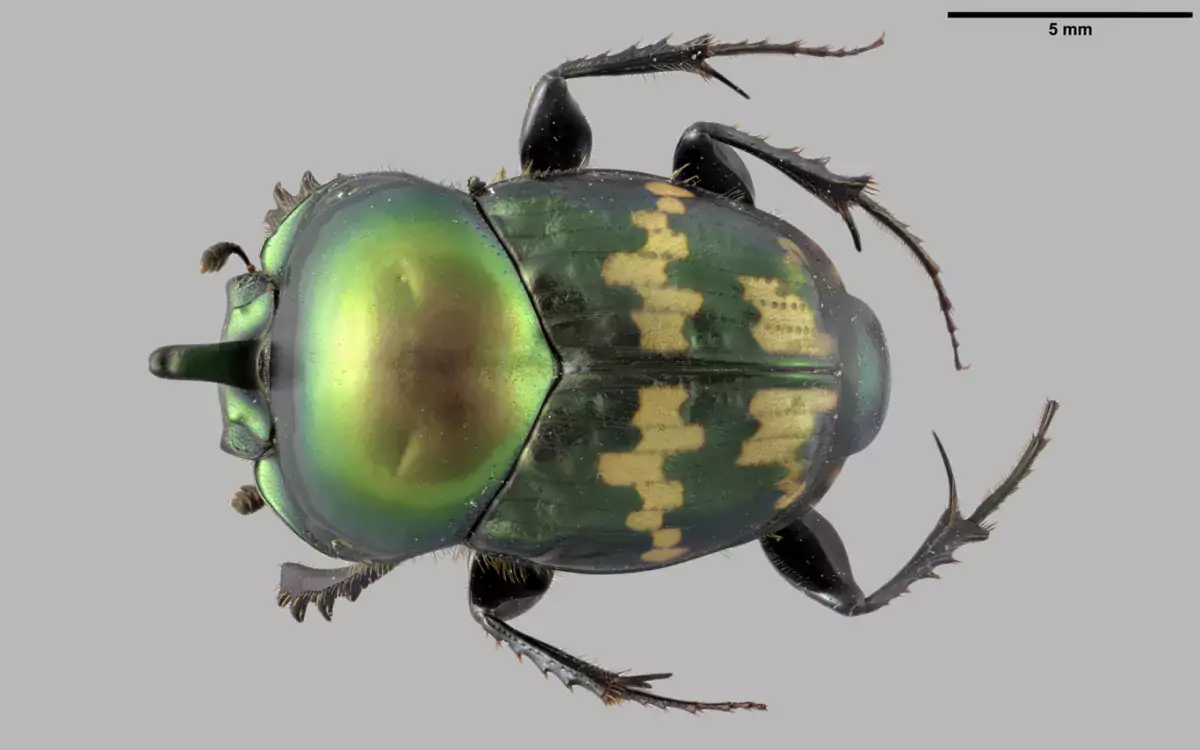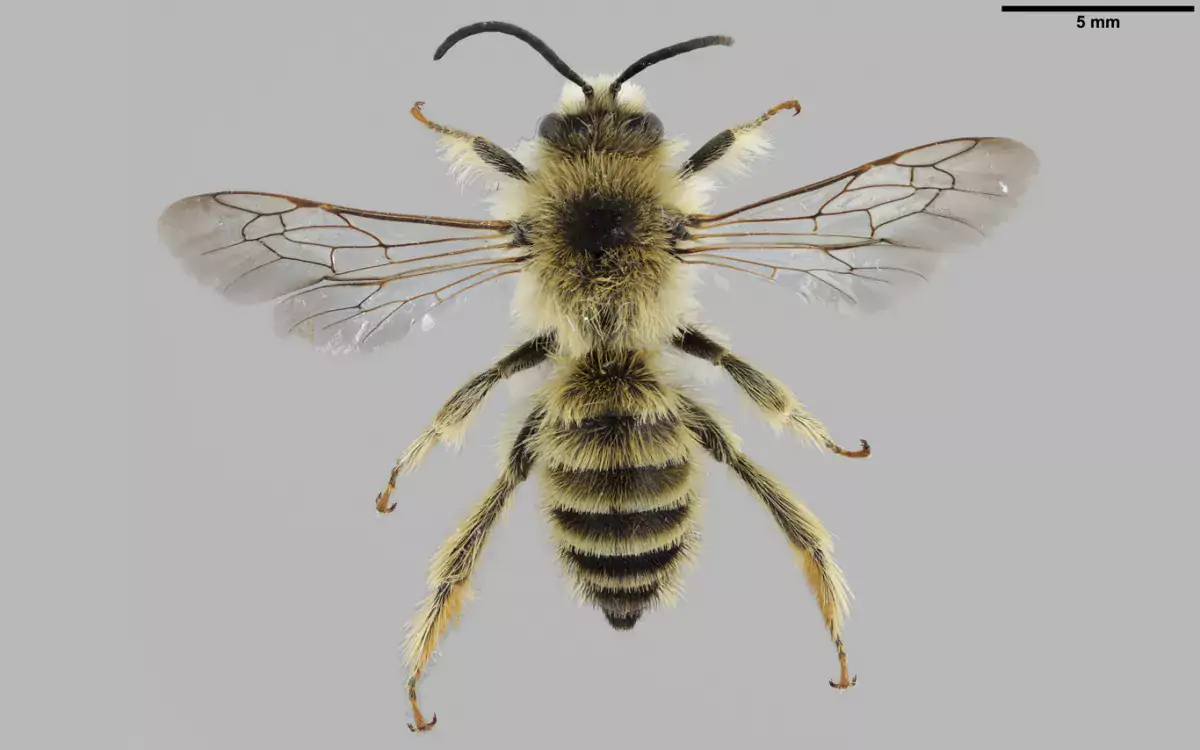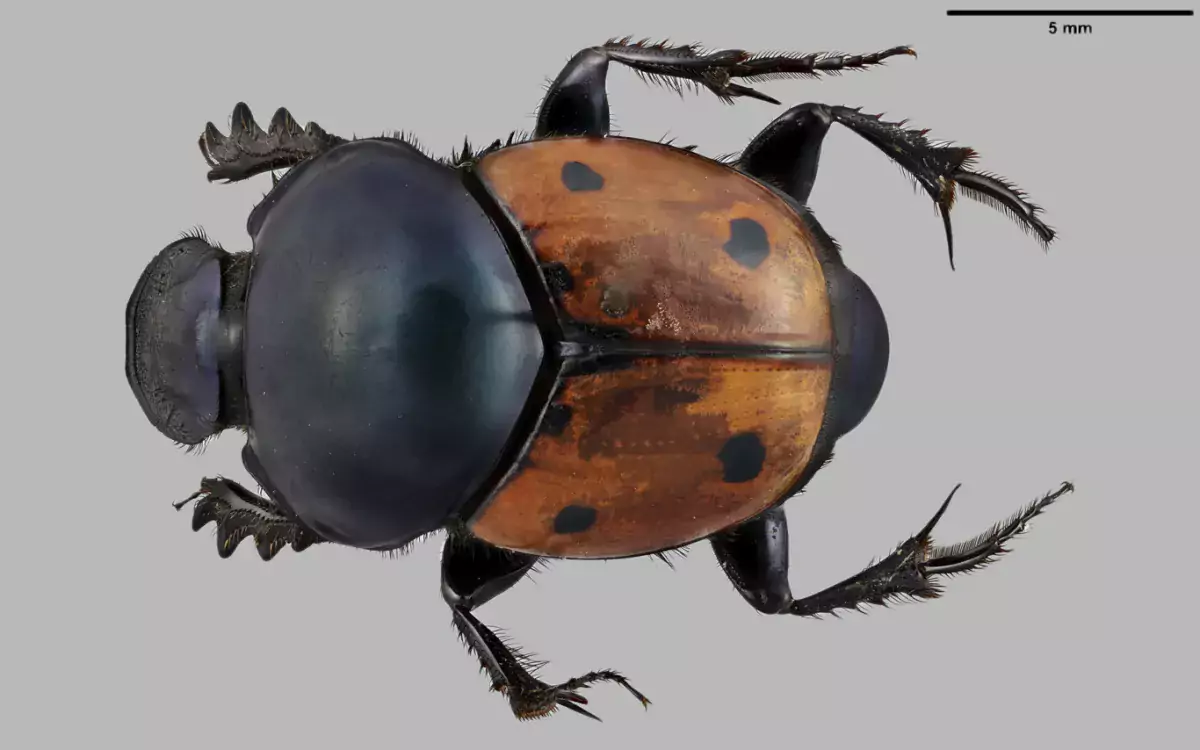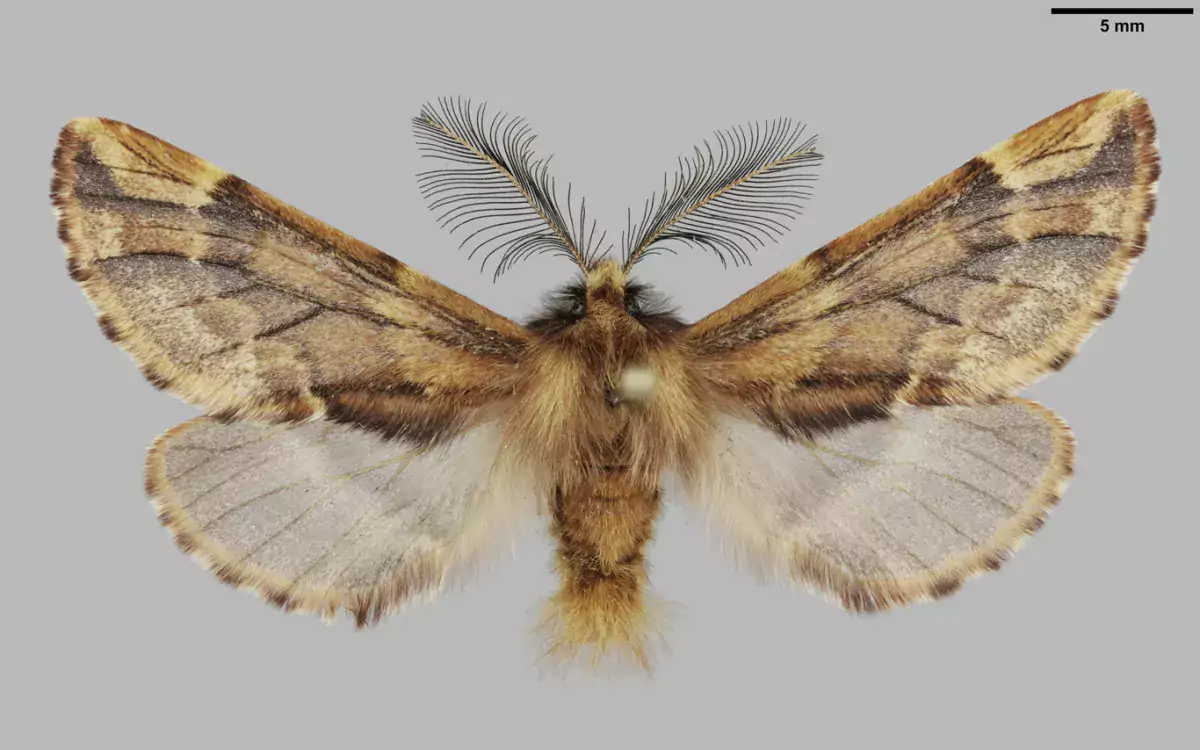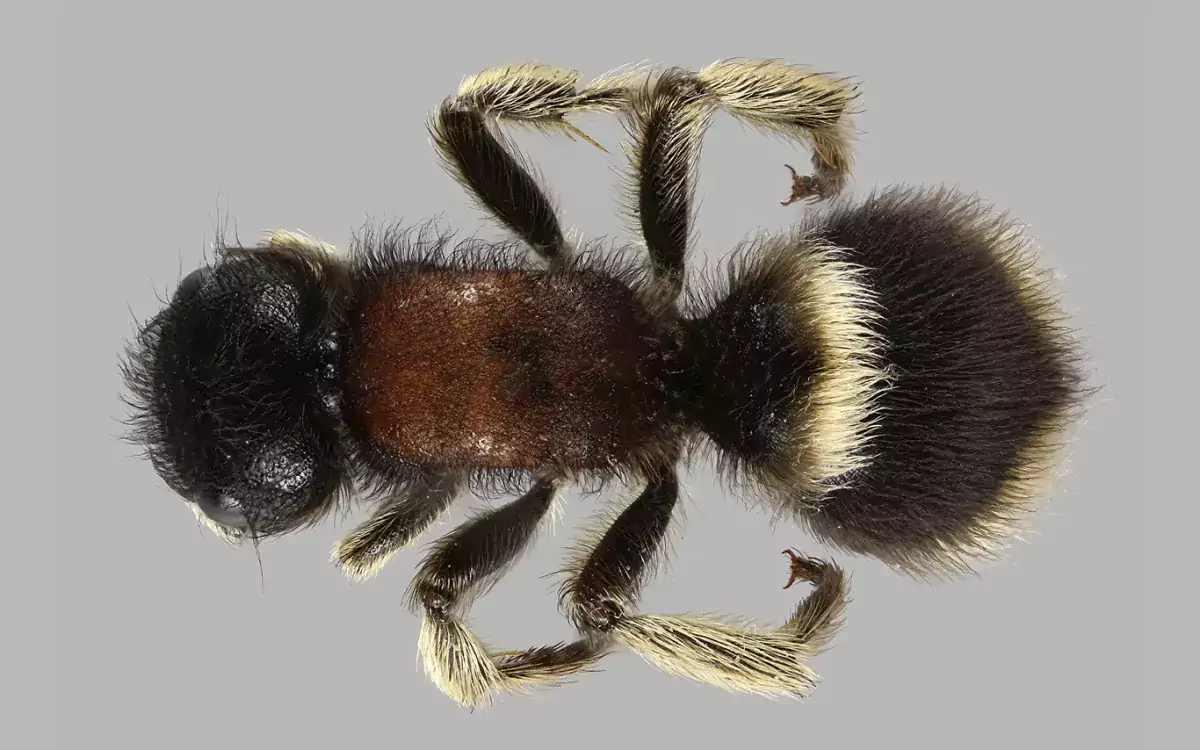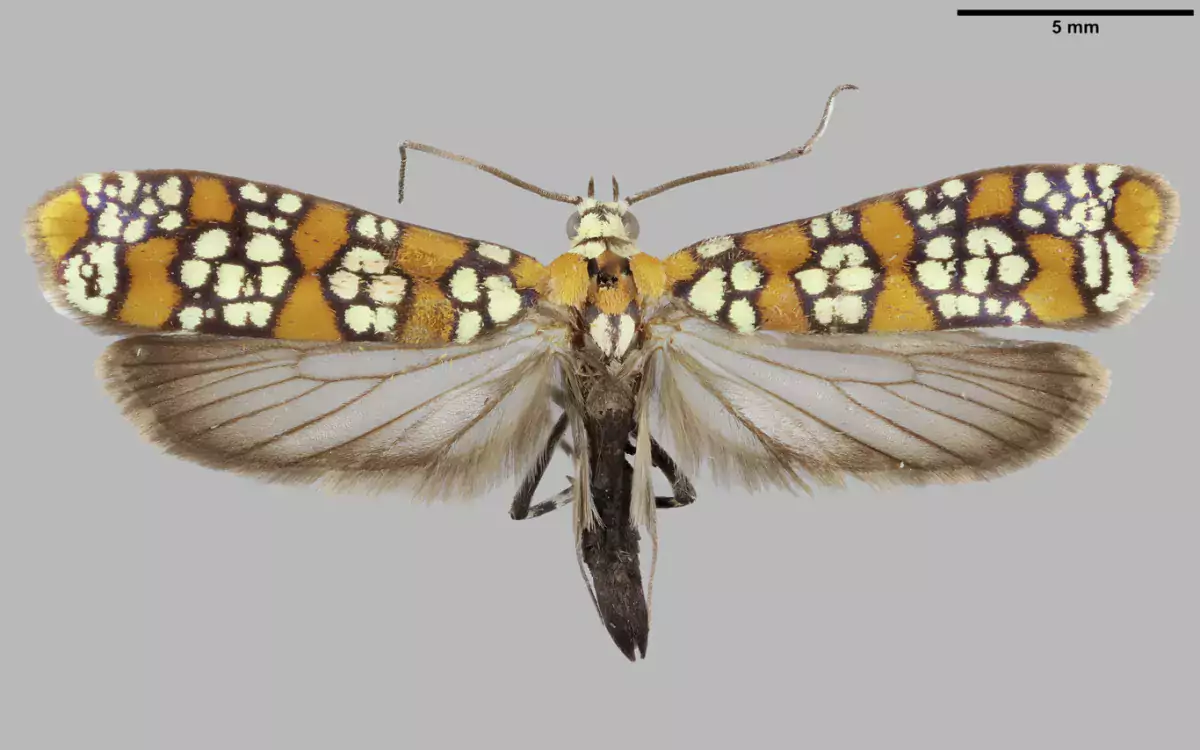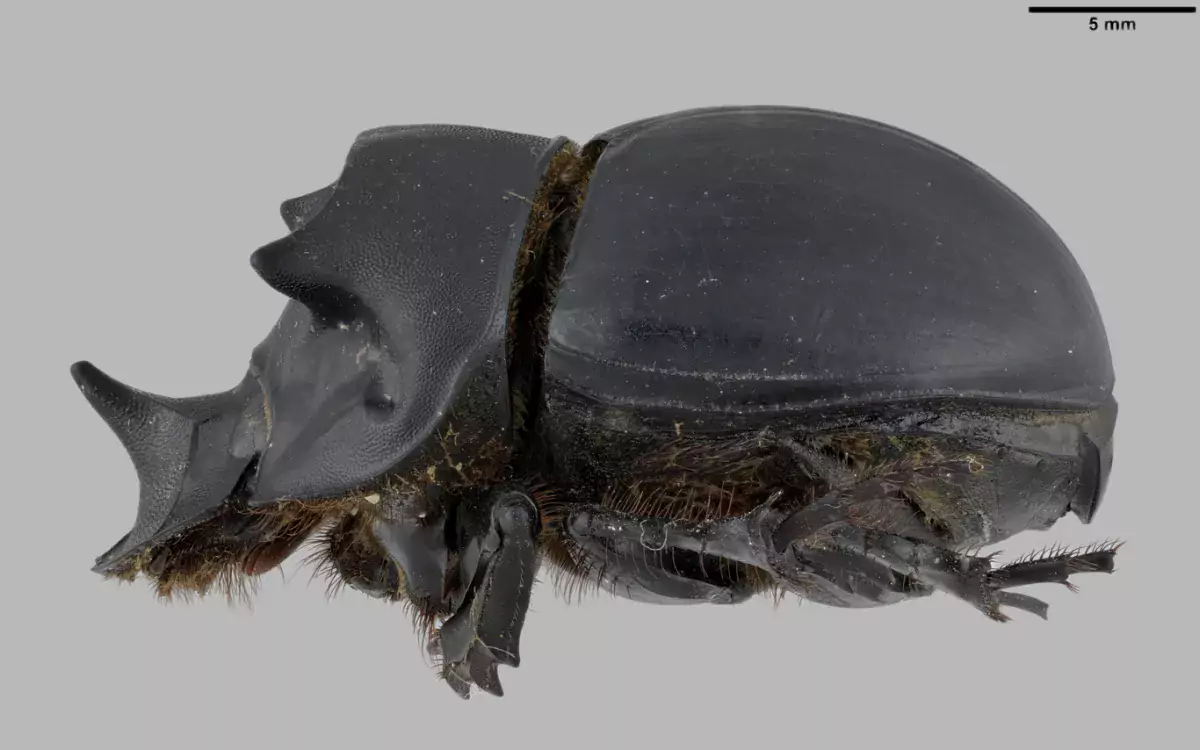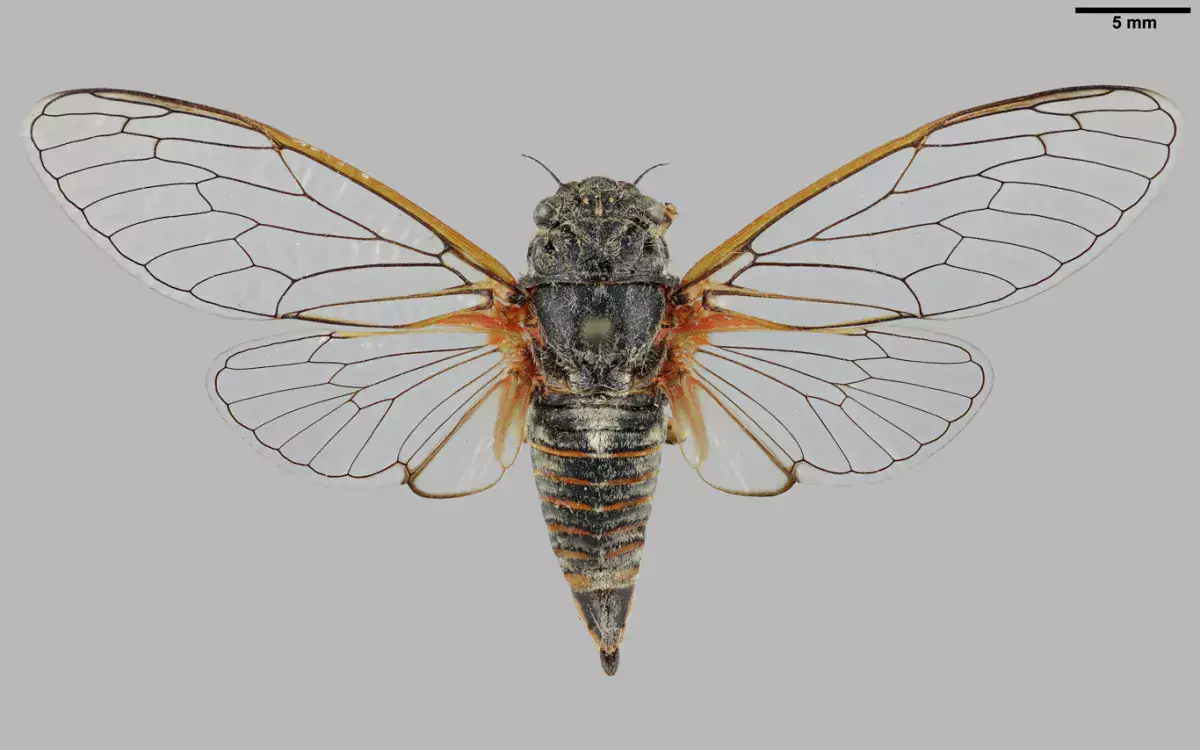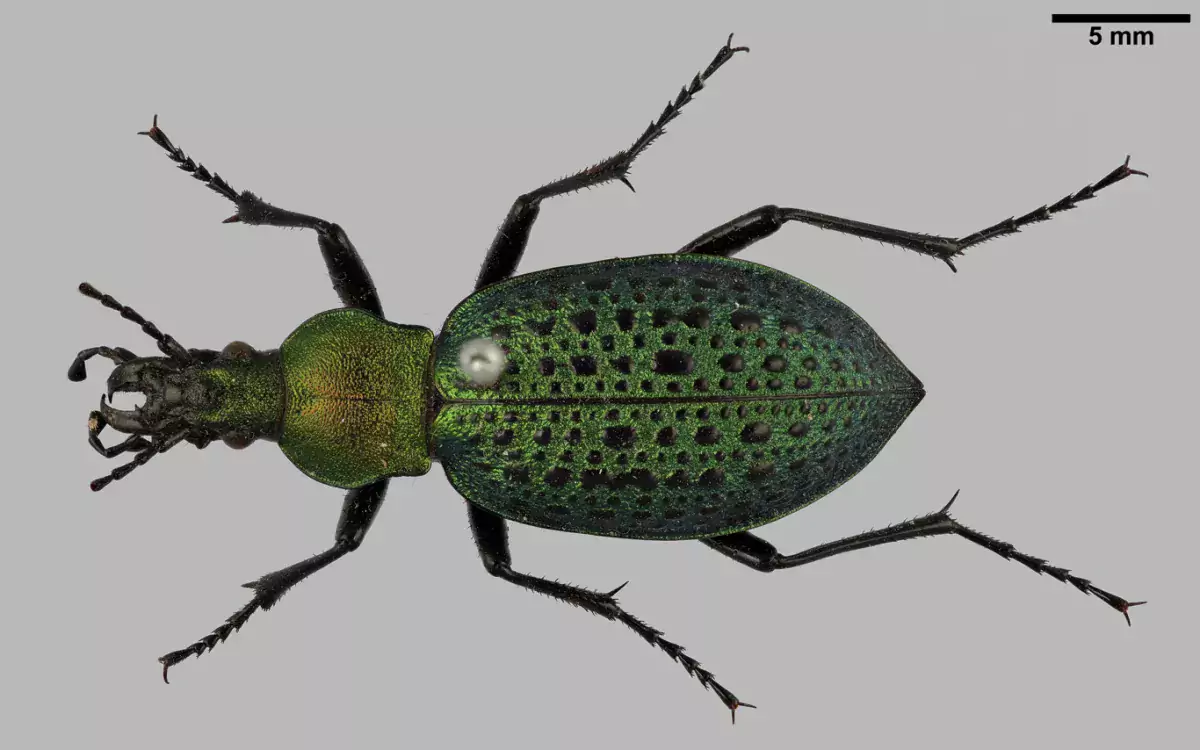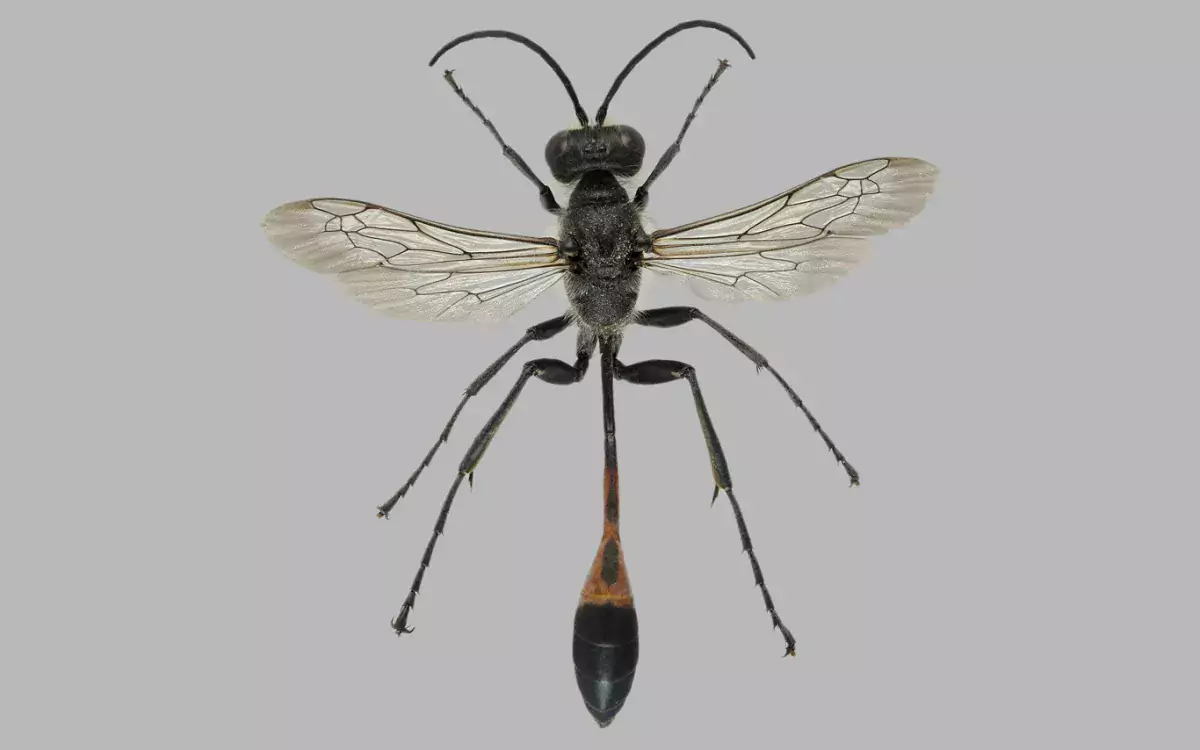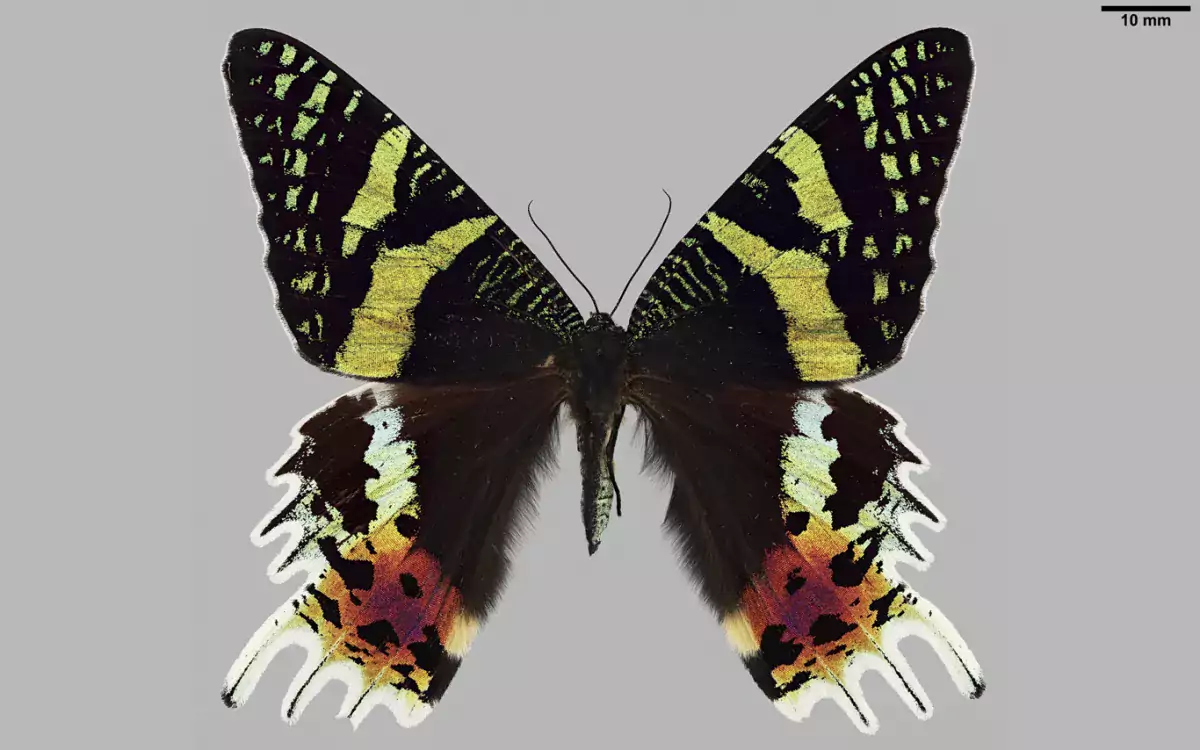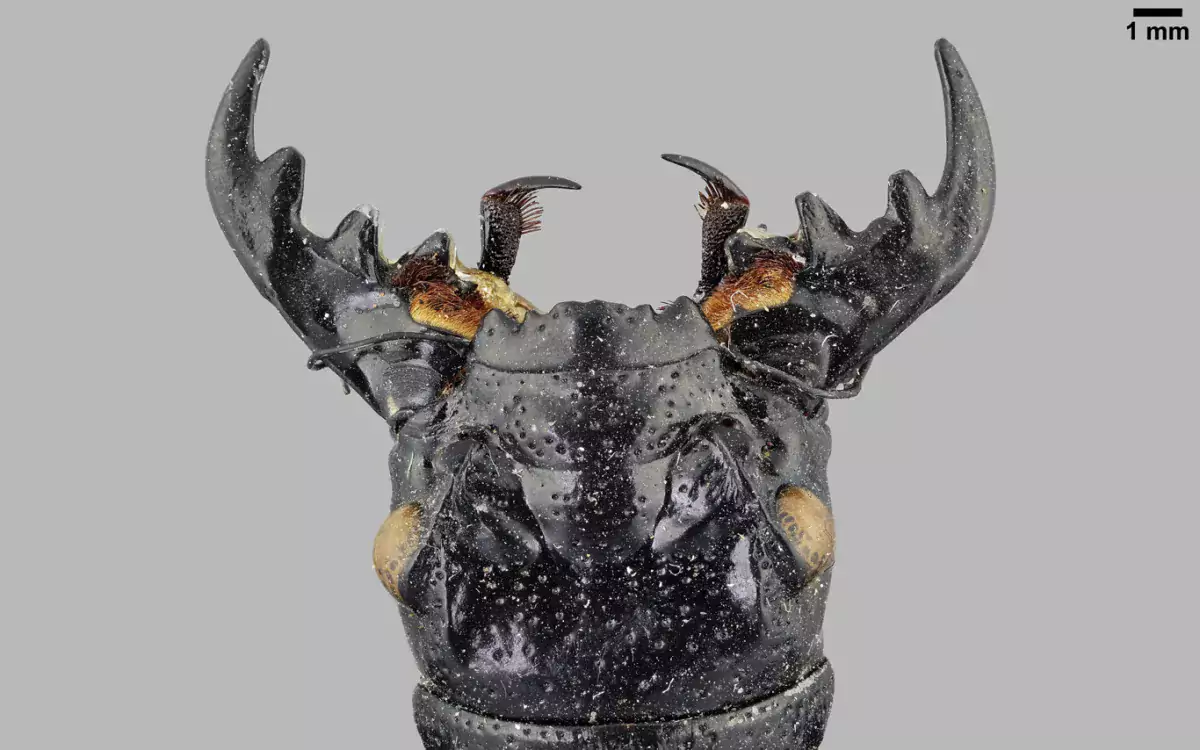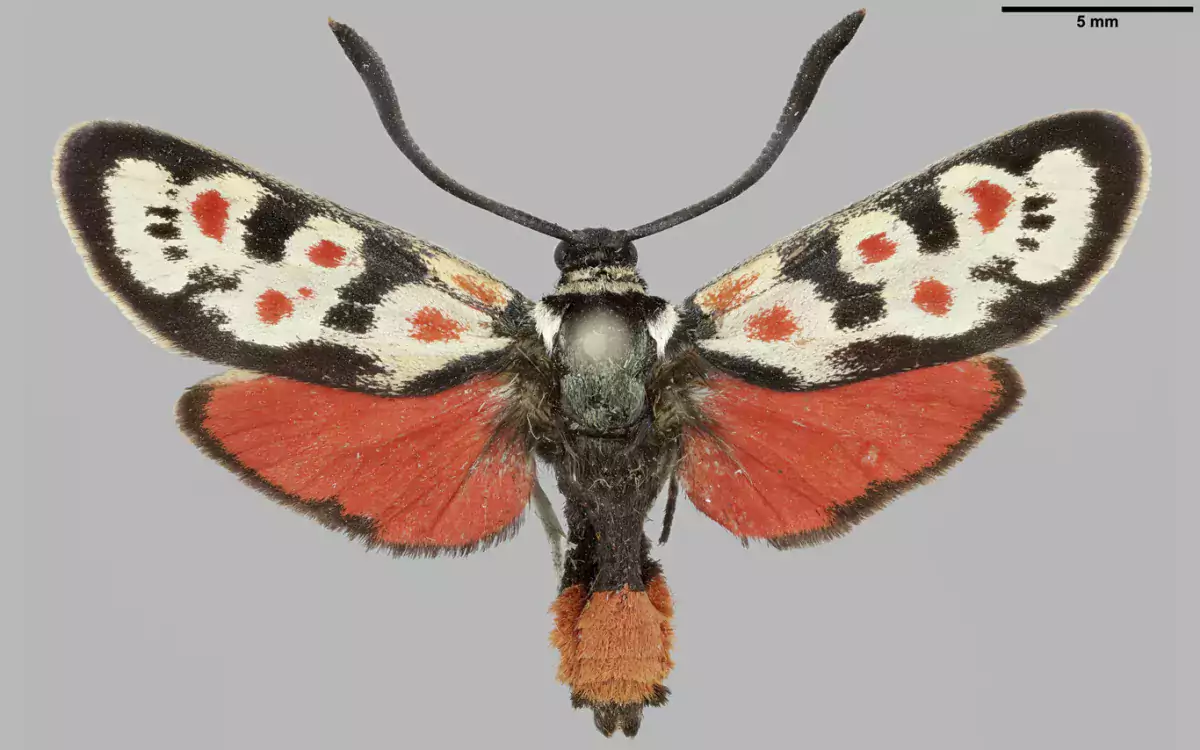Digitisation
To date, the Finnish Museum of Natural History has digitised over one million insect specimens. Digitisation provides a significant amount of data to support research, conservation and the preservation of biodiversity as part of land use planning. All specimens digitised at Luomus can be explored in the
Pressed vascular plant specimens on cardboard sheets have their details recorded in a database, and a label with a unique identifier is attached to each sheet. The sheets are then loaded onto a conveyor belt system for imaging by a digital camera. To conclude, the identifiers are used to connect images with database records. The plant line annually labels and creates images of 200,000 sheets of vascular plant specimens.
Lepidoptera and other flat insect specimens, including labels and identifiers, are loaded onto a conveyor belt for imaging by an automated digital camera. Information on labels is then recorded and entered into a database together with the images. Each year, tens of thousands of specimens pass through the insect line.
The conveyor belt systems are not suited to all kinds of digitisation. For example, algal, bryophyte and lichen and other fungal specimens are not mounted on sheets but stored in packages or envelopes and then extra steps on digitisation are needed. The specimens are first barcoded and label information of these specimens is converted into a digital format (or databased). They then undergo imaging at a workstation that enables the photography of each specimen with the same camera and lightning settings. The station is also used to create images of valuable type specimens to make them available to the global scholarly community.
Not all specimens are photographed using the conveyor belt system or digitisation station. However, each specimen must be databased and assigned a unique identifier. Once species and collection information (i.e., when and where the specimen was collected) has been entered into a database, it is easy for researchers to access, for example, a list of all Hymenoptera in the Luomus collections collected in Helsinki in 1963. Searching through physical collections would be much more time-consuming. This type of ‘workstation digitisation’ is slower than the use of a conveyor belt system, but enables more detailed work, making it suitable for digitising type specimens too.
The most important specimens are photographed with a digital camera, and even extremely detailed tomographic images of specimens can be produced. Where necessary, a micro-CT scanner is available.
On the Finnish Species Information Centre's Laji.fi website you can view

